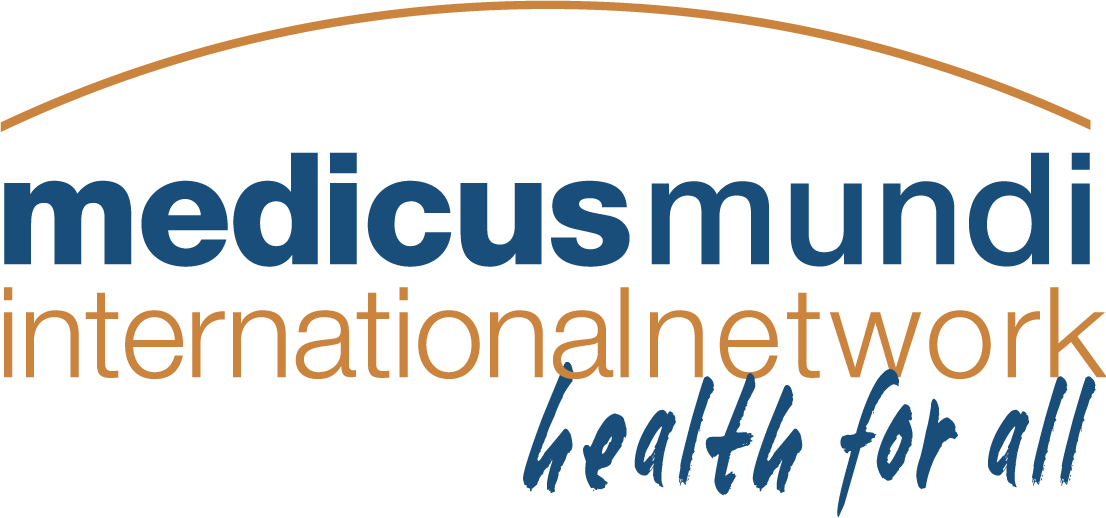 In the village of Mwakidiga, in rural Tanzania, a child was suffering from severe acute malnutrition. At first, despite the evident worsening of her condition and despite her family’s relatively safe economic situation, the parents did not want to take her to the hospital.
In the village of Mwakidiga, in rural Tanzania, a child was suffering from severe acute malnutrition. At first, despite the evident worsening of her condition and despite her family’s relatively safe economic situation, the parents did not want to take her to the hospital.
After taking notice of the child case through its community activities, the Nutrition team of Doctors with Africa CUAMM visited the village in order to meet the family and provide vital education and information to all family members on the importance of good nutrition and about the urgency of sending the child to the hospital for treatment. It was not easy in the beginning: taking the child to the hospital was not part of their traditional behaviour, and changing behaviours is always difficult.
After additional explanations and clarifications, the family agreed to take the child to the nearest hospital of Maswa, where the nurses and other health workers received the mother and her child warmly.
Seven days later CUAMM team went back to Maswa hospital to visit the mother and see the progress of the baby, and they were happy to see that the mother was grateful and satisfied with the services provided by CUAMM and, more importantly, that the child was already in good conditions, and on his way to a prompt and full recovery!
What is to be done for the next generation
The aim of the program “Integrated Promotion of Nutrition, Growth and Development in Tanzania” which will be implemented in Simiyu and Ruvuma Regions, is twofold: 1. deliver a targeted package of interventions at scale through the health system to prevent stunting; 2. show that integrating activities for chronic and severe acute malnutrition will lead to better outcomes at lower costs. The overall objective of this program is to test the hypothesis that integrating activities for chronic and acute malnutrition will lead to better outcomes at a lower cost.
The specific objectives:
- Reduce stunting prevalence and increase the number of children successfully treated for SAM: reduce stunting in children under 5 in Ruvuma and Simiyu by up to 17%; and treat up to 16,163 cases of SAM and avert up to 77,319 stunting cases, and 1,875 deaths due to SAM;
- Increase knowledge, attitudes and practices (KAP) on birth preparedness, maternal nutrition, and appropriate infant and young child feeding practices;
- Strengthen capacity of the sub-national level health service to deliver integrated nutrition services, which are underpinned by quality data.
This project will use both government and behaviour change pathways to ensure sustainability. It will demonstrate how to integrate the delivery of services to prevent stunting and treat severe acute malnutrition, ensuring the same cadres following the same pregnant mothers and children under five across the critical points in the lifecycle and continuum of care.
If services to treat SAM and stunting in the same age children can be delivered simultaneously there is significant potential for:
- Delivering targeted interventions along the critical 1000 day window across the continuum of care to prevent stunting;
- More effective identification, referral and follow-up of SAM cases as a result of strong community-based component following mothers and children across the lifecycle;
- Improving cost and operational efficiencies in the health service – the same health workers (at facility and community level) will deliver both services, ensuring targeted nutrition services for both stunting and SAM reach the same pregnant women and children from conception to age two across the continuum of care.
Integrated delivery will address these challenges and the evaluation will seek to quantify cost savings and added value generated by this alternative approach.
The Government pathway will involve embedding the program in the health system from the very beginning. The intervention will be delivered by the Tanzanian health system, supporting regional, district and community level governance and delivery structures for health and nutrition.
The behavioural change pathway will be used by CUAMM by providing technical assistance to the health services, through
- community health workers promoting complementary feeding and the importance of attending ANC so that once the program is over, these approaches can be embedded in protocols and training curricula;
- making information available to citizens, this will generate demand for nutrition services.
The program is expected to reach up to 310,453 pregnant and lactating women and 232,261 stunted children under two in the community, as well as 7,687 wasted children under 5 years of age.
………………..
Contribution by Doctors with Africa Cuamm to the 2018 Annual Report of the MMI Network
Next Generation Programme: https://www.mediciconlafrica.org/en/what-we-do/in-africa/tanzania/next-generation-programme-tanzania/
